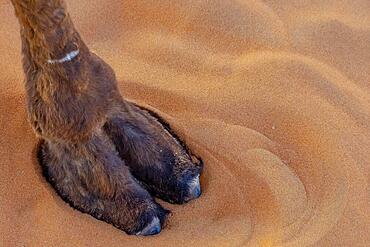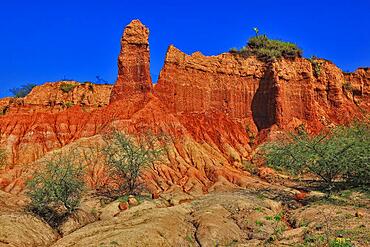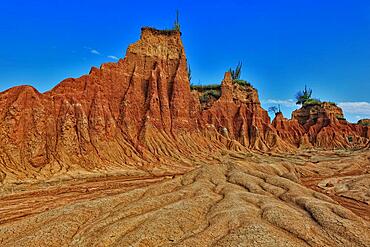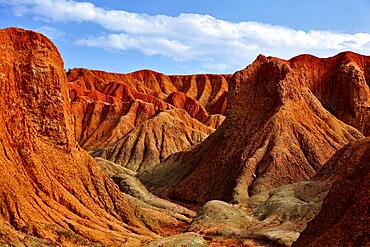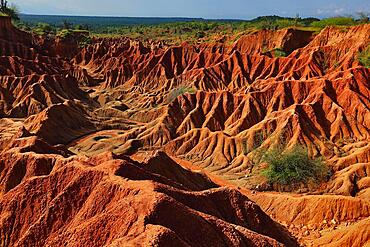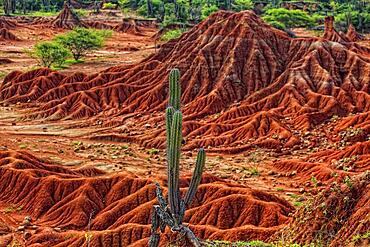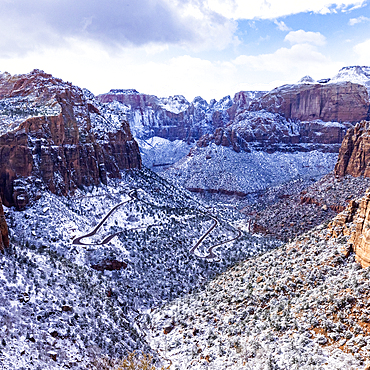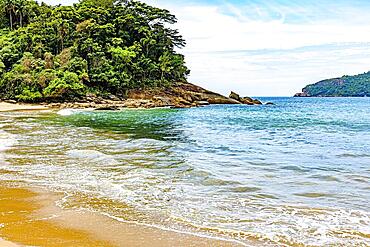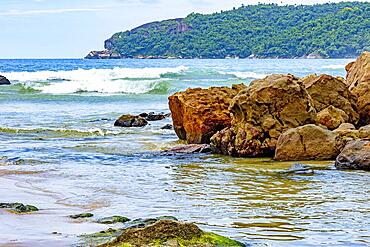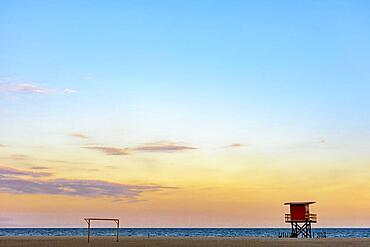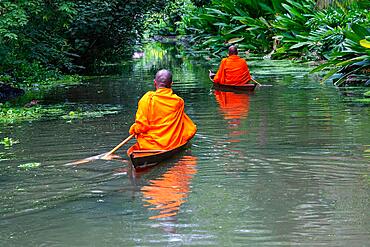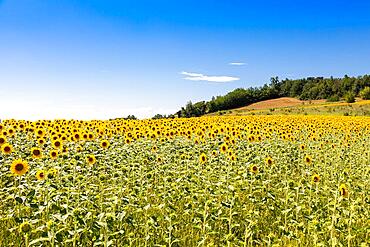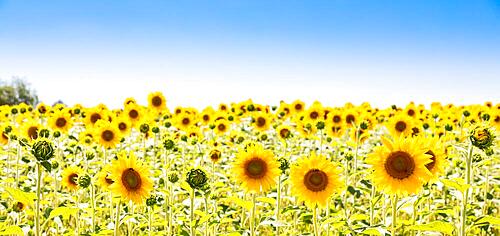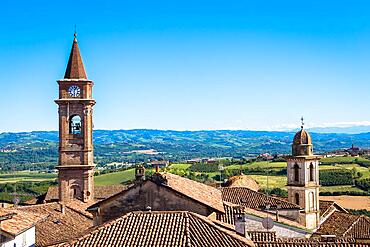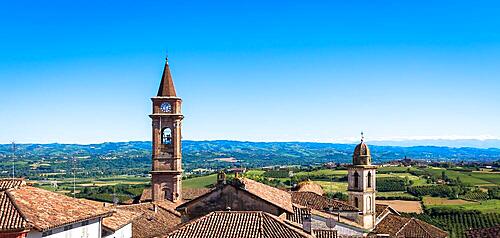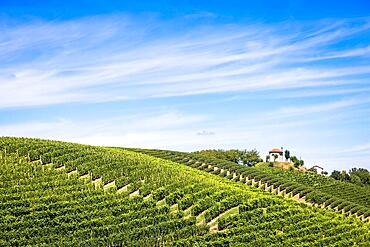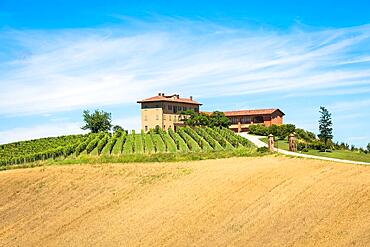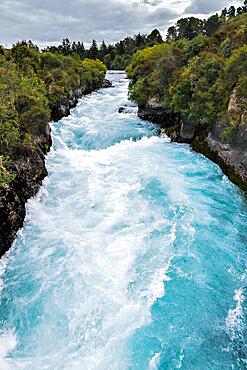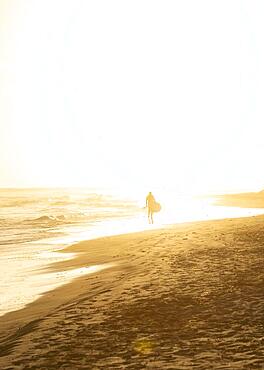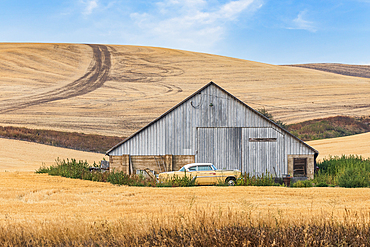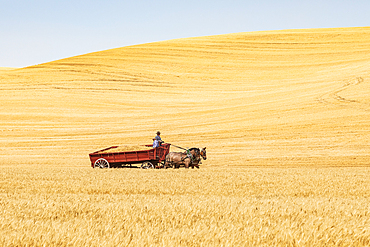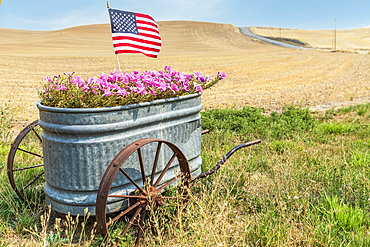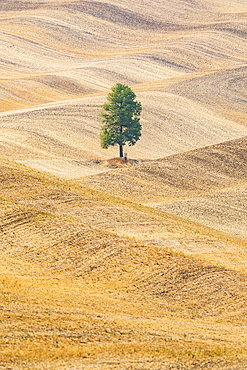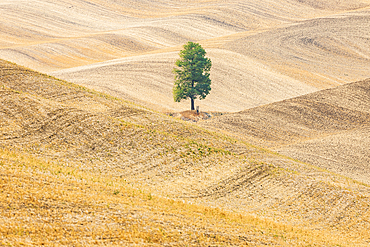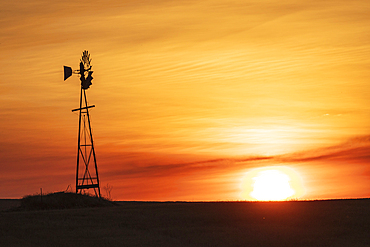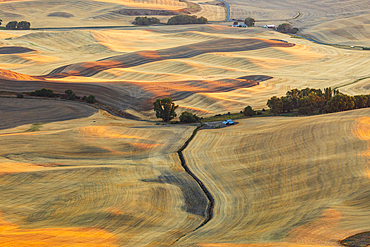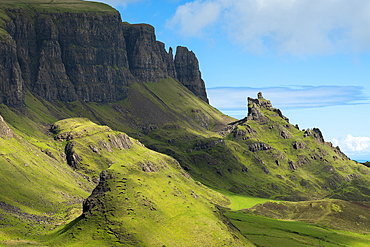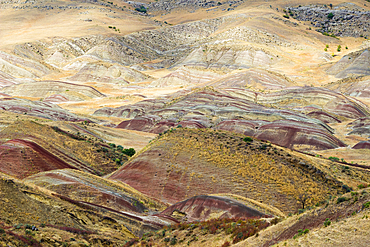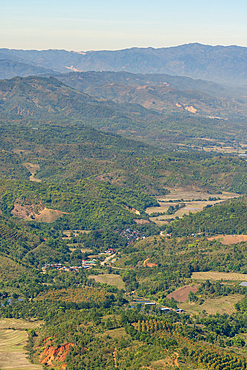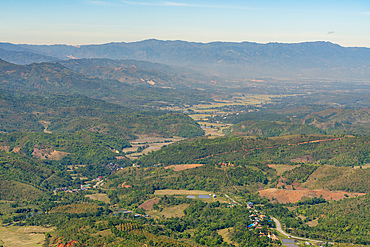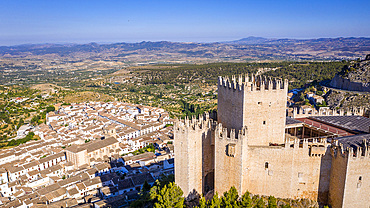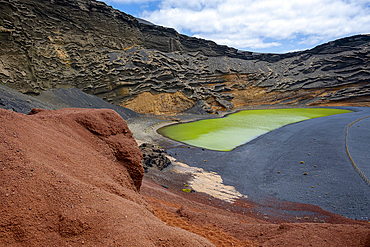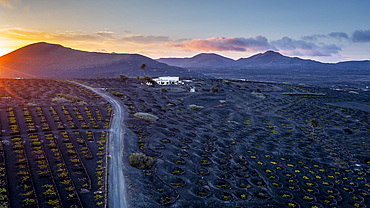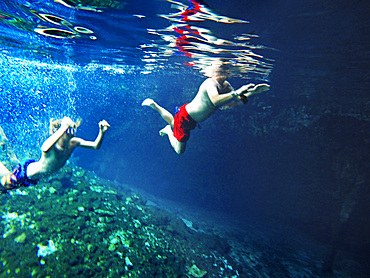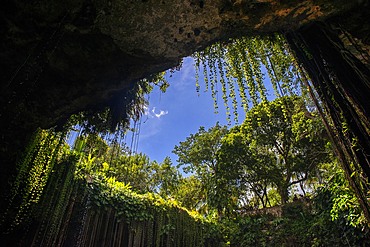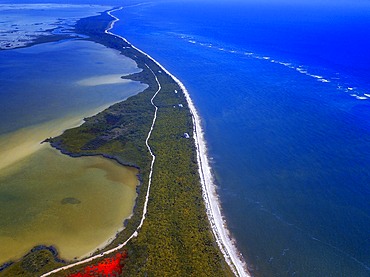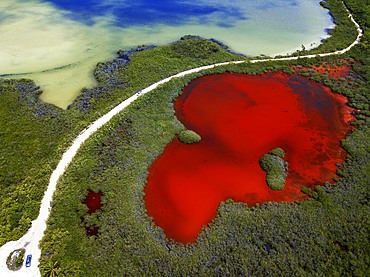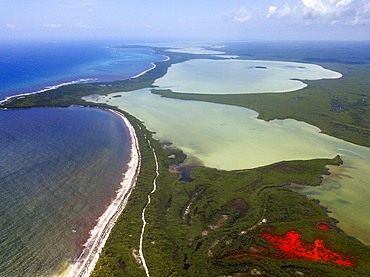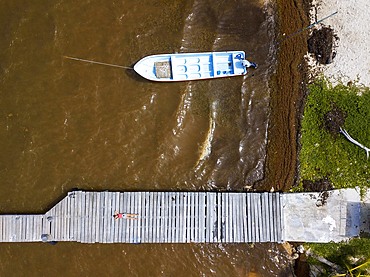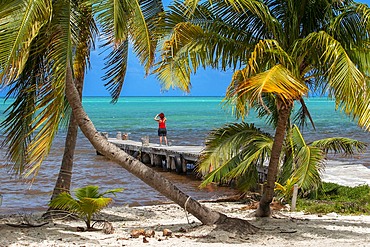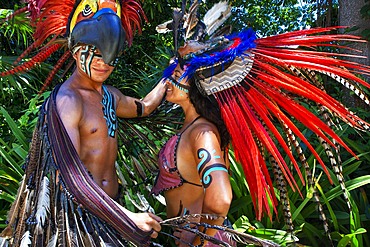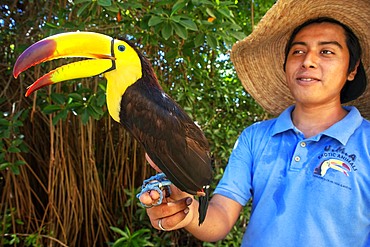Recent searches
Loading...
832-402431 - Beautiful rock formations in the desert of the American Southwest from above using a drone
832-402425 - The sun rises over the Gulf of Mexico near Sinanche Yucatan Mexico with a nude latin model posing against the colorful sky
832-402424 - The sun rises over the Gulf of Mexico near Sinanche Yucatan Mexico with a nude latin model posing against the colorful sky
832-402413 - Shadows of a group of travelers are seen in the sand as they walk through the Saharan Desert in Morocco
832-402412 - Closeup of A Dromedary Camel preparing to walk through the sand in the Saharan Desert in Morocco
832-402407 - A beautiful model rides a camel through the Saharan Desert in Morocco
832-402400 - Three passengers and their handler travel in the Saharan Desert in Morocco
832-402399 - Silhouette of three camels and their handler against the rising sun in the Saharan Desert in Morocco
832-402397 - Silhouette of three camels and their handler against the rising sun in the Saharan Desert in Morocco
832-402396 - Silhouette of three camels and their handler against the rising sun in the Saharan Desert in Morocco
832-402395 - Two passengers and their handler travel in the Saharan Desert in Morocco
832-402391 - Closeup of A Dromedary Camel walking through the sand in the Saharan Desert in Morocco
832-402390 - Closeup of A Dromedary Camel walking through the sand in the Saharan Desert in Morocco
832-401982 - Republic of Colombia, Tatacoa Desert, landscape in the department of Huila, Desierto de la Tatacoa, Tatacoa Desert is a desert of about 330 km² in Colombia, in the northern part of the province of Huila in the valley of the Rio Magdalena, a dry basin at the foot of the Eastern Cordillera, tropical dry forest, playful rock cones, washed-out gorges and rock formations, Colombia, South America
832-401981 - Republic of Colombia, Tatacoa Desert, landscape in the department of Huila, Desierto de la Tatacoa, Tatacoa Desert is a desert of about 330 km² in Colombia, in the northern part of the province of Huila in the valley of the Rio Magdalena, a dry basin at the foot of the Eastern Cordillera, tropical dry forest, playful rock cones, washed-out gorges and rock formations, Colombia, South America
832-401980 - Republic of Colombia, Tatacoa Desert, landscape in the department of Huila, Desierto de la Tatacoa, Tatacoa Desert is a desert of about 330 km² in Colombia, in the northern part of the province of Huila in the valley of the Rio Magdalena, a dry basin at the foot of the Eastern Cordillera, tropical dry forest, playful rock cones, washed-out gorges and rock formations, Colombia, South America
832-401979 - Republic of Colombia, Tatacoa Desert, landscape in the department of Huila, Desierto de la Tatacoa, Tatacoa Desert is a desert of about 330 km² in Colombia, in the northern part of the province of Huila in the valley of the Rio Magdalena, a dry basin at the foot of the Eastern Cordillera, tropical dry forest, playful rock cones, washed-out gorges and rock formations, Colombia, South America
832-401978 - Republic of Colombia, Tatacoa Desert, landscape in the department of Huila, Desierto de la Tatacoa, Tatacoa Desert is a desert of about 330 km² in Colombia, in the northern part of the province of Huila in the valley of the Rio Magdalena, a dry basin at the foot of the Eastern Cordillera, tropical dry forest, playful rock cones, washed-out gorges and rock formations, Colombia, South America
832-401866 - Road on Mallorca looks like somewhere in Arizona
832-401481 - Trang An, a scenic area near Ninh Binh, Vietnam inscribed as a UNESCO World Heritage Site in 2014
832-401480 - Fisherman on boat in Trang An, a scenic area near Ninh Binh, Vietnam inscribed as a UNESCO World Heritage Site in 2014
832-401473 - Fisherman on boat in Trang An, a scenic area near Ninh Binh, Vietnam inscribed as a UNESCO World Heritage Site in 2014
832-401328 - Belem Tower or Tower of St Vincent, famous tourist landmark of Lisboa and tourism attraction, on the bank of the Tagus River Tejo in evening dusk after sunset with dramatic sky. Lisbon, Portugal, Europe
832-401327 - Belem Tower or Tower of St Vincent, famous tourist landmark of Lisboa and tourism attraction, on the bank of the Tagus River Tejo on sunset. Lisbon, Portugal, Europe
1361-234 - Aerial view of the scenic landscape of granite rocks with isolated houses and red cottages along the shore, Ramsvik island, Bohuslan, Vastra Gotaland, West Sweden, Sweden, Scandinavia, Europe
759-12683 - Scenic View of Penemu Island, Fam Islands, Raja Ampat, West Papua, Indonesia
759-12682 - Scenic View of Penemu Island, Fam Islands, Raja Ampat, West Papua, Indonesia
759-12679 - Scenic View of Penemu Island, Fam Islands, Raja Ampat, West Papua, Indonesia
1178-44186 - USA, Utah, Springdale, Zion National Park, Scenic view of mountains in winter
832-401221 - Scenic view of Coniglia village at sunset. Coniglia is located in Cinque Terre, Italy, Europe
832-401220 - Scenic view of Coniglia village located in Cinque Terre, Italy, Europe
832-401219 - Scenic view of ocean and Vernazza village located in Cinque Terre, Italy, Europe
832-401201 - Lone Cypress Tree on 7 Mile Drive. 17 Mile Drive is a scenic road through Pebble Beach and Pacific Grove on the Monterey Peninsula in Northern California
832-400343 - Lavender field in summer sunny day with retro car on first plan. Travel and holiday concept
832-400230 - Dense vegetation of the tropical forest by the sea of transparent waters in Trindade on the south coast of Rio de Janeiro, Brasil
832-400229 - The encounter between the rocks, waves, preserved tropical forest and the sea in Trindade on the southern coast of the state of Rio de Janeiro, Brazil, Brasil, South America
832-400184 - Rescue cabin on Copacabana beach at a tropical sunset on Rio de Janeiro city, Brazil, Brasil, South America
832-400168 - Detail of the door, column and frescoes of the inner courtyard in the ancient palace Topkapi in Istanbul, Turkey, Brasil, Asia
832-400274 - Idyllic church of the village Krichanhausen near Beilngries
832-400272 - Wooden cross on a hill called Kirchberg in the village Pfuenz (Bavaria)
1361-125 - Scenic view of the waterfall of Poco do Bacalhau falling behiend a house with rainbow, Faja Grande, Lajes das Flores, Flores Island (Ilha das Flores), Azores archipelago, Portugal, Atlantic, Europe
832-399278 - Buddhist monks paddle boat in the canal. Two monks row the small wooden boat in a canal to receive alms from Thai people in the morning
832-399259 - Sunflowers field in Italy. Scenic countryside in Tuscany with deep blue sky
832-399256 - Sunflowers field in Italy. Scenic countryside in Tuscany with deep blue sky
832-399253 - GOVONE, ITALY - CIRCA AUGUST 2020: Piedmont hills in Italy, Monferrato area. Scenic countryside during summer season with vineyard field. Wonderful blue sky in background
832-399247 - GOVONE, ITALY - CIRCA AUGUST 2020: Piedmont hills in Italy, Monferrato area. Scenic countryside during summer season with vineyard field. Wonderful blue sky in background
832-399245 - ASTI, ITALY - CIRCA AUGUST 2020: Piedmont hills in Italy, Monferrato area. Scenic countryside during summer season with vineyard field. Wonderful blue sky in background
832-399244 - ASTI, ITALY - CIRCA AUGUST 2020: Piedmont hills in Italy, Monferrato area. Scenic countryside during summer season with vineyard field. Wonderful blue sky in background
1359-766 - Scenic view of Valparaiso and tower of Armada building from Paseo Yugoslavo, Valparaiso, Valparaiso Province, Valparaiso Region, Chile, South America
1359-765 - Scenic view of Valparaiso and tower of Armada building from Paseo Yugoslavo, Valparaiso, Valparaiso Province, Valparaiso Region, Chile, South America
1359-753 - Scenic view of Valparaiso and tower of Armada building from Paseo Yugoslavo, Valparaiso, Valparaiso Province, Valparaiso Region, Chile, South America
1359-744 - Scenic view of Valparaiso and tower of Armada building from Paseo Yugoslavo, Valparaiso, Valparaiso Province, Valparaiso Region, Chile, South America
1366-843 - USA, Washington State, Whitman County. Palouse. September 6, 2021. 1954 Pontiac Star Chief by an old barn.
1366-825 - USA, Washington State, Whitman County. Palouse. September 6, 2021. Vintage horse drawn farm wagon during the wheat harvest.
1366-823 - USA, Washington State, Whitman County. Palouse. September 6, 2021. Vintage horse drawn farm wagon.
1366-844 - USA, Washington State, Whitman County. Palouse. Old Barn in the Palouse hills.
1366-832 - USA, Idaho, Moscow. Palouse. American flag in farm trough with pink flowers.
1366-828 - USA, Washington State, Whitman County. Palouse. Lone tree in rolling field.
1366-827 - USA, Washington State, Whitman County. Palouse. Lone tree in rolling wheat field.
1366-819 - USA, Washington State, Whitman County. Windmill at sunset in the Palouse hills.
1366-818 - USA, Washington State, Whitman County. Palouse. Rolling fields and hills near Steptoe Butte.
1359-677 - Scenic view of green landscape at Quiraing, Isle of Skye, Inner Hebrides, Highland Region, Scotland, United Kingdom, Eurppe
1359-673 - Scenic view of green landscape at Quiraing, Isle of Skye, Inner Hebrides, Highland Region, Scotland, United Kingdom, Europe
1359-581 - Scenic view of forest and mountains, Denali National Park and Preserve, Alaska, United States of America, North America
1359-575 - Scenic view of forest and mountains, Denali National Park and Preserve, Alaska, United States of America, North America
1359-534 - Scenic colorful landscape near David Gareji complex, Georgia, Central Asia, Asia
1359-489 - Scenic view of mountains near Kengtung, Shan State, Myanmar (Burma), Asia
1359-487 - Scenic view of mountains near Kengtung, Shan State, Myanmar (Burma), Asia
1178-44060 - young body boarder Voelklip beach Hermanus South Africa
1178-44056 - teen girl at sunset lagoon Stanford South Africa
1178-44055 - teen girl at sunset lagoon Stanford South Africa
1178-44054 - young boy looking at lagoon and Klein mountains Stanford South Africa
1178-44053 - Klein mountains Stanford South Africa
1350-6505 - Renaissance castle and white village, Velez Blanco, Almeria, Andalucia, Spain,
1350-6503 - Teide and Roque Cinchado, in Los Roques de Garcia, volcanic rock formations in Teide national park, Tenerife, Canary Islands, Spain
1350-6502 - Teide, volcanic rock formations, and retama (Spartocytisus supranubius) in Teide national park, Tenerife, Canary Islands, Spain
1350-6501 - Teide, volcanic rock formations, and retama (Spartocytisus supranubius) in Teide national park, Tenerife, Canary Islands, Spain
1350-6489 - El Golfo beach, Lago verde, Green Lagoon, Charco de los Ciclos, El Golfo, Lanzarote, Canary Islands, Spain,
1350-6484 - Vinery, La Geria, Lanzarote, Canary Islands, Spain
1350-6483 - Vinery, La Geria, Lanzarote, Canary Islands, Spain
1350-6636 - Aerial view of Mayan Ruin of Chichen Itza Archaeological Site Yucatan Peninsula, Quintana Roo, Caribbean Coast, Mexico
1350-6635 - Aerial view of Mayan Ruin of Chichen Itza Archaeological Site Yucatan Peninsula, Quintana Roo, Caribbean Coast, Mexico
1350-6630 - Swimming at Cenote Ik Kil in Yucatan, Mexico, a natural pit, or sinkhole near Chichen Itza. Yucatan Peninsula, Quintana Roo, Mexico. Ik Kil was sacred to the Mayans who used this cenote for both relaxation and ritual services centuries ago.
1350-6633 - Gran Cenote de Tulum in Yucatan Peninsula, Quintana Roo, Mexico. There are thousands of cenotes dotted all over Mexico���s Yucatan Peninsula, and their existence is as much a defining characteristic of the region as is the distinct geological feature from which they result. Once revered by the ancient Mayans as sacred wells, they are now magnets for tourists, adventurers, and explorers alike.
1350-6628 - Cenote Ik Kil in Yucatan, Mexico, a natural pit, or sinkhole near Chichen Itza. Yucatan Peninsula, Quintana Roo, Mexico. Ik Kil was sacred to the Mayans who used this cenote for both relaxation and ritual services centuries ago.
1350-6627 - Aerial view of Punta Allen Sian Ka'an Reserve, Yucatan Peninsula, Mexico. Red lagoon near Boca Paila Bridge.
In the language of the Mayan peoples who once inhabited this region, Sian Ka'an means Origin of the Sky. Located on the east coast of the Yucatán peninsula, this biosphere reserve contains tropical forests, mangroves and marshes, as well as a large marine section intersected by a barrier reef. It provides a habitat for a remarkably rich flora and a fauna comprising more than 300 species of birds, as well as a large number of the region's characteristic terrestrial vertebrates, which cohabit in the diverse environment formed by its complex hydrological system.
Along its roughly 120 kilometres of coastline, the property covers over 400,000 hectares of land ranging from sea level to only ten m.a.s.l. The property boasts diverse tropical forests, palm savannah, one of the most pristine wetlands in the region, lagoons, extensive mangrove stands, as well as sandy beaches and dunes. The 120,000 hectares of marine area protect a valuable part of the Mesoamerican Barrier Reef and seagrass beds in the shallow bays. The lush green of the forests and the many shades of blue of the lagoons and the Caribbean Sea under a wide sky offer fascinating visual impressions.
1350-6623 - Aerial view of Punta Allen Sian Ka'an Reserve, Yucatan Peninsula, Mexico. Red lagoon near Boca Paila Bridge.
In the language of the Mayan peoples who once inhabited this region, Sian Ka'an means Origin of the Sky. Located on the east coast of the Yucatán peninsula, this biosphere reserve contains tropical forests, mangroves and marshes, as well as a large marine section intersected by a barrier reef. It provides a habitat for a remarkably rich flora and a fauna comprising more than 300 species of birds, as well as a large number of the region's characteristic terrestrial vertebrates, which cohabit in the diverse environment formed by its complex hydrological system.
Along its roughly 120 kilometres of coastline, the property covers over 400,000 hectares of land ranging from sea level to only ten m.a.s.l. The property boasts diverse tropical forests, palm savannah, one of the most pristine wetlands in the region, lagoons, extensive mangrove stands, as well as sandy beaches and dunes. The 120,000 hectares of marine area protect a valuable part of the Mesoamerican Barrier Reef and seagrass beds in the shallow bays. The lush green of the forests and the many shades of blue of the lagoons and the Caribbean Sea under a wide sky offer fascinating visual impressions.
1350-6625 - Aerial view of Punta Allen Sian Ka'an Reserve, Yucatan Peninsula, Mexico. Red lagoon near Boca Paila Bridge.
In the language of the Mayan peoples who once inhabited this region, Sian Ka'an means Origin of the Sky. Located on the east coast of the Yucatán peninsula, this biosphere reserve contains tropical forests, mangroves and marshes, as well as a large marine section intersected by a barrier reef. It provides a habitat for a remarkably rich flora and a fauna comprising more than 300 species of birds, as well as a large number of the region's characteristic terrestrial vertebrates, which cohabit in the diverse environment formed by its complex hydrological system.
Along its roughly 120 kilometres of coastline, the property covers over 400,000 hectares of land ranging from sea level to only ten m.a.s.l. The property boasts diverse tropical forests, palm savannah, one of the most pristine wetlands in the region, lagoons, extensive mangrove stands, as well as sandy beaches and dunes. The 120,000 hectares of marine area protect a valuable part of the Mesoamerican Barrier Reef and seagrass beds in the shallow bays. The lush green of the forests and the many shades of blue of the lagoons and the Caribbean Sea under a wide sky offer fascinating visual impressions.
1350-6620 - Aerial view of Punta Allen Sian Ka'an Reserve, Yucatan Peninsula, Mexico. Red lagoon near Boca Paila Bridge.
In the language of the Mayan peoples who once inhabited this region, Sian Ka'an means Origin of the Sky. Located on the east coast of the Yucatán peninsula, this biosphere reserve contains tropical forests, mangroves and marshes, as well as a large marine section intersected by a barrier reef. It provides a habitat for a remarkably rich flora and a fauna comprising more than 300 species of birds, as well as a large number of the region's characteristic terrestrial vertebrates, which cohabit in the diverse environment formed by its complex hydrological system.
Along its roughly 120 kilometres of coastline, the property covers over 400,000 hectares of land ranging from sea level to only ten m.a.s.l. The property boasts diverse tropical forests, palm savannah, one of the most pristine wetlands in the region, lagoons, extensive mangrove stands, as well as sandy beaches and dunes. The 120,000 hectares of marine area protect a valuable part of the Mesoamerican Barrier Reef and seagrass beds in the shallow bays. The lush green of the forests and the many shades of blue of the lagoons and the Caribbean Sea under a wide sky offer fascinating visual impressions.
1350-6616 - Aerial view of Punta Allen Sian Ka'an Reserve, Yucatan Peninsula, Mexico.
In the language of the Mayan peoples who once inhabited this region, Sian Ka'an means Origin of the Sky. Located on the east coast of the Yucatán peninsula, this biosphere reserve contains tropical forests, mangroves and marshes, as well as a large marine section intersected by a barrier reef. It provides a habitat for a remarkably rich flora and a fauna comprising more than 300 species of birds, as well as a large number of the region's characteristic terrestrial vertebrates, which cohabit in the diverse environment formed by its complex hydrological system.
Along its roughly 120 kilometres of coastline, the property covers over 400,000 hectares of land ranging from sea level to only ten m.a.s.l. The property boasts diverse tropical forests, palm savannah, one of the most pristine wetlands in the region, lagoons, extensive mangrove stands, as well as sandy beaches and dunes. The 120,000 hectares of marine area protect a valuable part of the Mesoamerican Barrier Reef and seagrass beds in the shallow bays. The lush green of the forests and the many shades of blue of the lagoons and the Caribbean Sea under a wide sky offer fascinating visual impressions.
1350-6615 - Palms and old pier in Punta Allen Sian Ka'an Reserve, Yucatan Peninsula, Mexico.
In the language of the Mayan peoples who once inhabited this region, Sian Ka'an means Origin of the Sky. Located on the east coast of the Yucatán peninsula, this biosphere reserve contains tropical forests, mangroves and marshes, as well as a large marine section intersected by a barrier reef. It provides a habitat for a remarkably rich flora and a fauna comprising more than 300 species of birds, as well as a large number of the region's characteristic terrestrial vertebrates, which cohabit in the diverse environment formed by its complex hydrological system.
Along its roughly 120 kilometres of coastline, the property covers over 400,000 hectares of land ranging from sea level to only ten m.a.s.l. The property boasts diverse tropical forests, palm savannah, one of the most pristine wetlands in the region, lagoons, extensive mangrove stands, as well as sandy beaches and dunes. The 120,000 hectares of marine area protect a valuable part of the Mesoamerican Barrier Reef and seagrass beds in the shallow bays. The lush green of the forests and the many shades of blue of the lagoons and the Caribbean Sea under a wide sky offer fascinating visual impressions.
1350-6611 - Underwater close up view of open coral polyp during a dive, Cancun, Quintana Roo, Mexico
1350-6608 - Mexican aztec dress gods at Grand Palladium White Sand Resort and Spa in Riviera Maya, Yucatan Peninsula, Quintana Roo, Caribbean Coast, Mexico.
Aztec clothing was generally loose fitting and did not completely cover the body. When the Spanish arrived in Mexico, the people were surprised to see them in their full armour, with only their faces exposed.
Aztec clothes were generally made of cotton (which was imported) or ayate fiber, made from the Maguey Cactus (also called the Century Plant or American Aloe). Women would weave the fibers into clothing, a task girls were taught as young teenagers. Because of their vast trading network, the Aztecs were able to make use of a beautiful array of dyes, creating the brilliant
1350-6609 - Kayakking in front of the beach of Grand Palladium White Sand Resort and Spa in Riviera Maya, Yucatan Peninsula, Quintana Roo, Caribbean Coast, Mexico
1350-6606 - A Mexican staff member holds a tucan at Grand Palladium White Sand Resort and Spa in Riviera Maya, Yucatan Peninsula, Quintana Roo, Caribbean Coast, Mexico
1350-6602 - Aerial view of Grand Palladium White Sand Resort and Spa in Riviera Maya, Yucatan Peninsula, Quintana Roo, Caribbean Coast, Mexico




